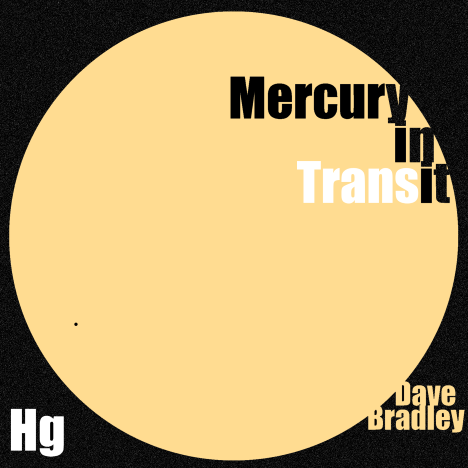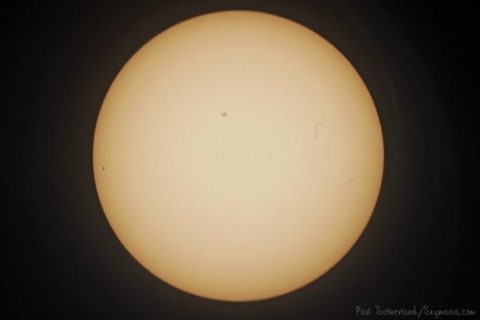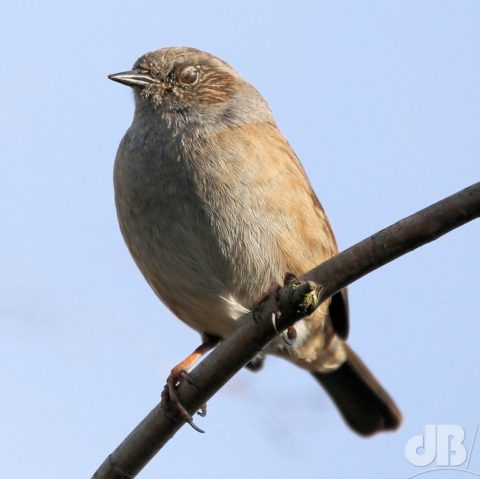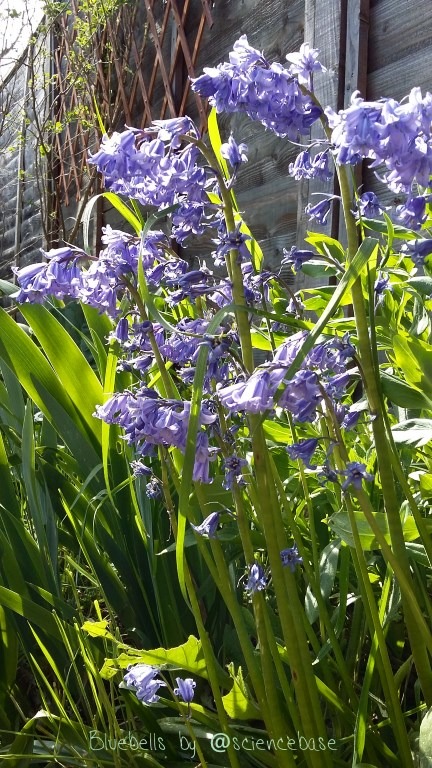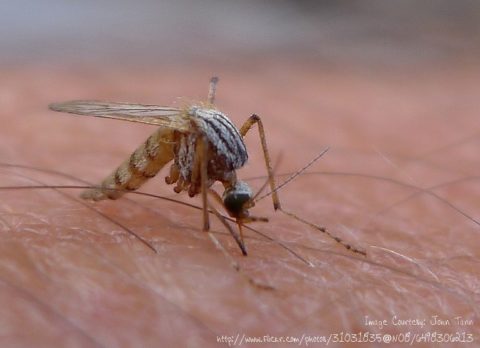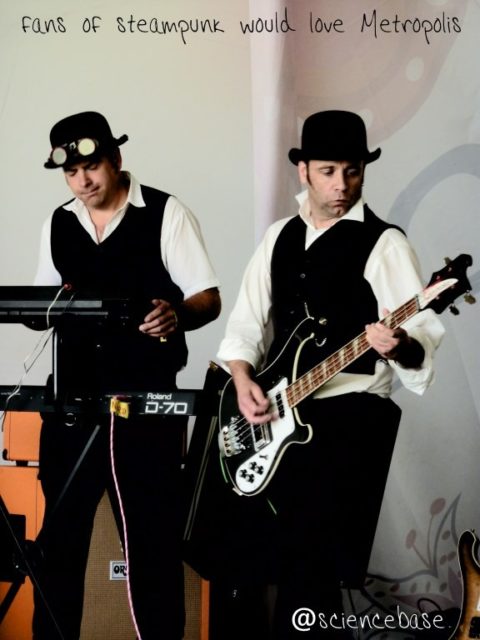As you’ve probably noticed, I blog about my music and photography as well as whatever in science grabbed me by the short and curlies intellectually on any given week. Sometimes, there’s an alignment as it were. Last week was such a time. Mercury was in transit across the face of the Sun. There had been a big prelude about this relatively rare happening in the astro blogs for months, the general science blogs had been enthusing for weeks, and oh, on the day itself the mainstream press and TV finally caught up.
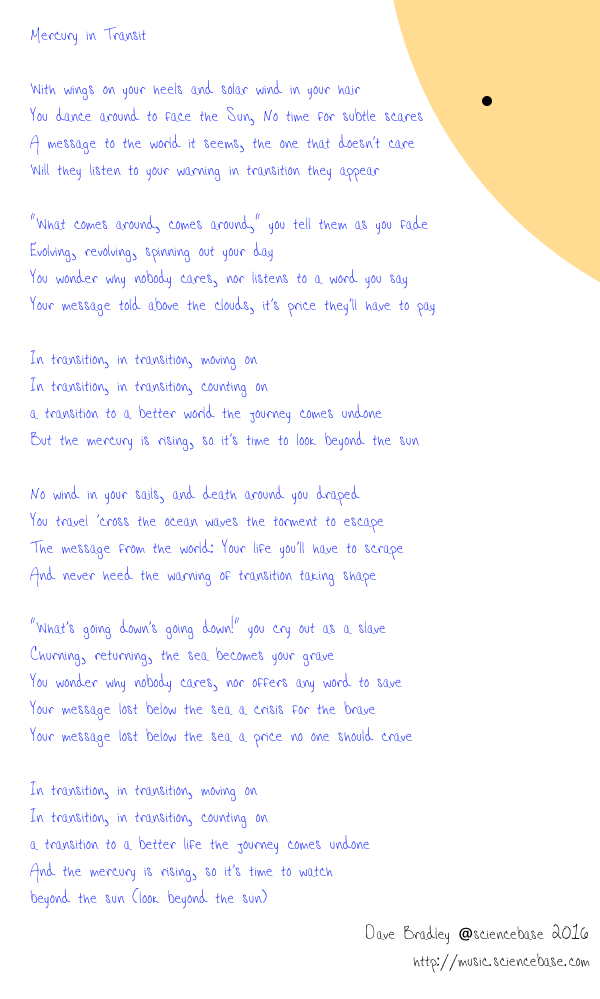
Mercury, of course, the planet closest to old Sol, is the smallest planet, orbiting in its Keplerean path in less than 90 days. At dawn or dusk, if you’re patient, keen eyed and have decent weather and a good vantage point you will often see it as a bright point of light close to the horizon just before sunrise or just after sunset. Mercury, the messenger to the Roman gods is often portrayed as having wings on his heels, the faster he can cross the heavens to deliver his portent of doom. And, with this imagery in mind I strummed a few chords on my acoustic guitar and began mumbling something about having “wings on your heels and solar wind in your hair” and “turning to face the Sun”.
The ideas and the chord progression gradually emerged over the course of a day or two. I was picturing Mercury in transit, a tiny black disc crossing the face of the Sun and somehow sending out a warning to humanity. We do seem to be making a total cockup of a lot of things these days, although all doomsayers have said that generation after generation and hooked their headlines on shooting stars, comets, supernovae, and, of course, planetary alignments. If it’s not climate change, pollution and the ever-elusive notion of sustainability, it’s racist nationalism and divisiveness, territorial and terrorist wars. There are the issues of bigotry and equality, the notion of everyone being part of this family we call humanity regardless of their genetics, their skin colour, their beliefs, their sexuality, their gender identity etc. As such, here are countless people suffering in attempting to make their own transition from somewhere terrifying and dangerous to what they hope will be an almost heavenly safe haven across the sea. Many do not make it.
The song evolved over a couple of days last week. I nailed down the chords, put together a percussion track from sample loops in my recording software, recorded a guide vocal with guitar and then overdubbed a proper vocal and separate acoustic and electric guitar tracks. Added some bass. Then mixed it down. Felt disappointed redid the vocal from scratch and added a couple of harmonies here and there and did a final mix…I’m still tweaking…
Mercury in transit, the messenger, watching us from afar, sending a sign, hoping that humanity too is in transition, from a bad place to a better place, but perhaps knowing disheartingly that we rarely learn. Mercury has made that journey countless times for the long millennia before humanity existed and whether or not we make the right transitions, Mercury, who was also the god of travellers and border crossings, will continue to fly with wings on his heels and the solar wind in his hair.
I just felt like I should explain something behind the inspiration for my latest song Mercury in Transit, which you may well have seen me mention on social media this last week or so. Have a listen, there’s a video montage, but you can stream the song on SoundCloud or Bandcamp (download available there too). I think it sounds best on headphones, I did some little stereo tricks that work best in headphones, but hopefully it’ll sound okay on your iPhone, docking station or radiogram…
